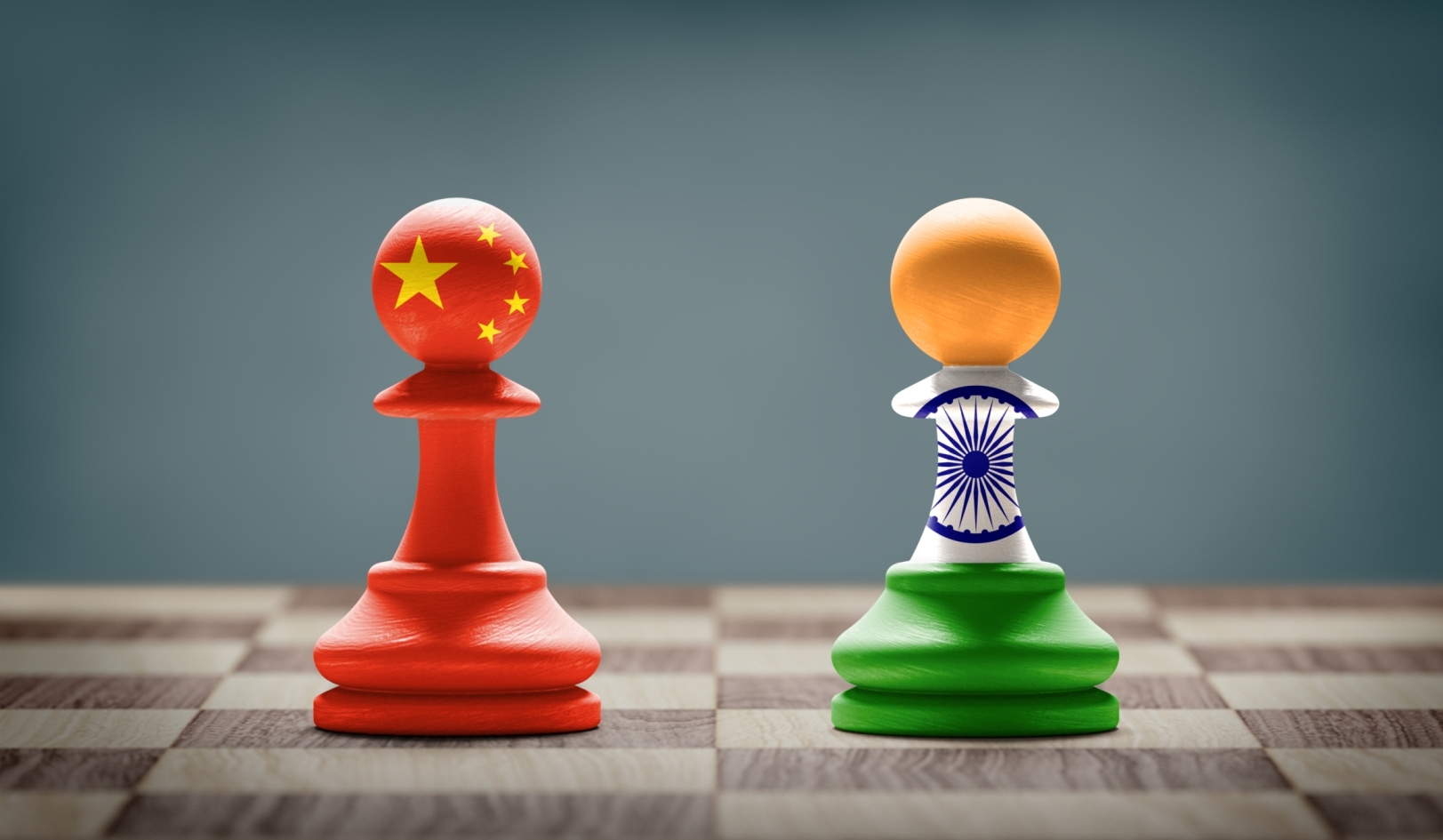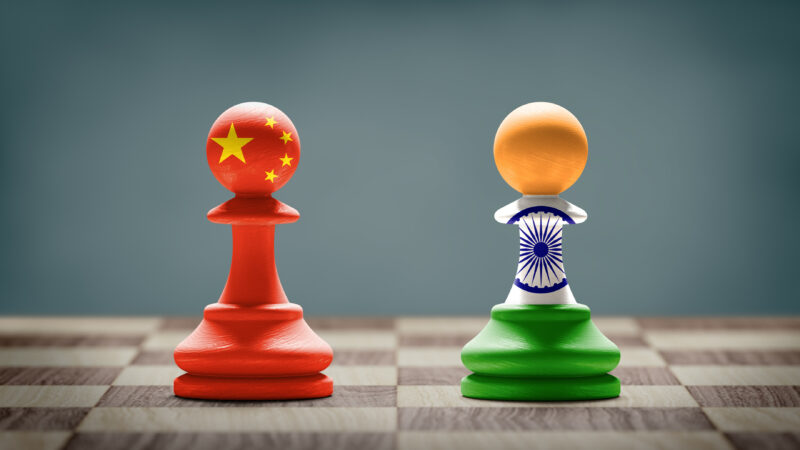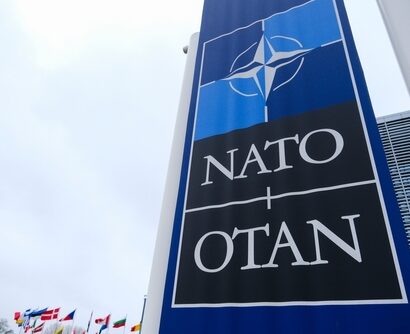Abstract: China is a near-peer competitor to the US and desires to become a superpower, but will settle for global multipolarity at the moment. However, an Asian order dominated by China is a precursor to China achieving its superpower ambitions. India cannot accept a China-dominated Asia due to its own ambitions, threat perceptions and strategic imperatives. Thus, India desires a multipolar Asia. As a result, China aims to become the region’s hegemon to use the region to challenge the US, while India’s approach aims at strengthening Asian states and developing an understanding of common issues through which multipolarity in Asia can be strengthened.
Bottom-line-up-front: For the world to avoid an eventual Chinese-dominated global order, the immediate imperative is to prevent a Chinese-dominated Asian order.
Problem statement: How to understand China and India’s different approaches to establishing a new political order in Asia? What motivates these approaches? What are the implications of these approaches for Asia and the world?
So what?: India has no choice but to strengthen itself when dealing with China bilaterally, but can collaborate with Asian states over multilateral issues. Such an approach annoys China, whose aim is to be the region’s hegemon as Asia is the first step to China dominating the global order.

Source: shutterstock.com/[email protected]
Debates of an Asian regional order are gaining traction from perceptions of a relative decline in US power, which would lead to multiple regional power centres.[1] China is a near-peer competitor to the world’s sole superpower, and desires to become one itself in the coming years. An ideal scenario for China is a bipolar world order with the US and China as equal competitors. With a GDP of almost USD 12 Trillion and a complex web of economic interdependency, China is on track to achieve its ambition on the economic front.[2] However, until China develops the requisite military capability to challenge the US unilaterally, China is likely to espouse a multipolar global order.
India is a rising power in its own right, but it is not yet anywhere near the leading two powers in economic or military terms.[3] A multipolar global order like that currently preferred by China is in line with India’s vision for the 21st century, as it allows India the freedom to realise its full potential. However, though India and China overlap in their preference of a multipolar global order, geopolitics makes things murkier on a continental scale. China, which inches closer to the US with every passing year, cannot accept a competitor in its backyard.[4] This makes an Asian order dominated by China a precursor to China achieving its superpower ambitions, and presents a significant obstacle to Indian ambitions.
However, though India and China overlap in their preference of a multipolar global order, geopolitics makes things murkier on a continental scale.
Indian Imperatives to Prevent a Chinese-led Asian Order
Besides its own ambitions as a rising power, other reasons prevent India from accepting a unipolar China-dominated Asia. Primary among them are core concerns over sovereignty and the disputed land borders in Aksai Chin (occupied by China and claimed by India) and Arunachal Pradesh (administered by India and claimed by China).[5] Related to these disputes is the threat of Chinese adventurism along these disputed borders, a threat which was realised as recently as the summer of 2020 (a limited disengagement is currently underway at the time of writing). These border disputes have led to a strong Indian threat perception of China, which is further strengthened by India’s defeat in the Sino-India War (1962).[6]
Another major concern is China’s increasing presence in India’s sphere of influence. Rising powers attempt to incrementally increase their spheres of economic, political and military influence, beginning with their immediate neighbourhood. However, India faces a problem in this regard along its overland approaches to Asia, since arch-rival Pakistan hems it in to the west and, it faces the obstacle of China to the east. India has found a solution to this problem by turning seaward and making the Indian Ocean Region (IOR) its strategic backyard. However, China has positioned itself in the IOR through dual-use infrastructure, which it claims is intended to secure its interests in West Asian and East African littorals.[7] Thus, Indian and Chinese military infrastructure today stands eyeball-to-eyeball in the IOR much like in the Himalayas.
India, the only uninterrupted democracy between Israel and Japan since the end of World War II, has followed a slower pace of economic growth and military modernisation than China.
A third reason for India’s resistance to a Chinese-dominated Asian order is a fundamental lack of mutual respect on China’s part. India, the only uninterrupted democracy between Israel and Japan since the end of World War II, has followed a slower pace of economic growth and military modernisation than China. India is a procedural democracy that prioritised its administrative and political structures to strengthen its social resilience, which has given India firm roots on which to base its rising power status. However, China tends to disregard India’s structural consolidation and instead emphasises its slow growth alone, thus leading to condescension towards India’s capabilities in China’s strategic thought.[8]
Chinese and Indian Approaches towards the Future Asian Order
While the aforementioned ground realities and perceptions have paved the way for India-China competition in the IOR, this competition exists in the context of the global US-China competition. Indian and Chinese approaches towards building the Asian order are hence built upon relative capabilities of the two states and the US approach towards the region. A complete US withdrawal, if it materialises, would be phased. These phases are viewed in terms of US commitments and deployments in the region. Due to this expected approach, US commitments to its allies in East Asia and its deployments in the South China Sea are so keenly watched by the region’s strategists.
China, which already has its economic tentacles entrenched in most Asian countries (including through debt traps), is at the moment forced to play a waiting game in anticipation of a US withdrawal from the region. For example, despite all its military capabilities and naval build-up in the South China Sea and its littorals, China can do little against US freedom of navigation operations without risking an armed confrontation.[9] Given the US preponderance of power, such a confrontation is unlikely to result in a favourable outcome for China. Along similar lines, China cannot risk a confrontation with a US ally or partner out of fear of US participation.
On the flip-side, US allies are utilizing the time to augment their military capabilities while under the US security umbrella to ensure that they can pose a significant deterrent to China’s expansionist designs in the event of a US withdrawal.[10] This military augmentation is also being undertaken by other Asian countries, albeit at a slightly higher risk. However, the reason for the build-up remains the same: to ensure that states can continue profitable economic relations with China while simultaneously deterring aggressive Chinese behaviour.[11] These factors have rendered Asia a region where several states are getting stronger economically and militarily.
An Asia with strong states could frustrate China’s ambitions to become the region’s hegemon.
Thus, India’s approach towards building an Asian order is focused on collaborating with like-minded states. India’s incrementally improving partnerships with states in East, Southeast and West Asia are a key derivative detail of this approach and lie at the genesis of India’s multilateralism. Though India cannot match China in economic or military terms at the moment, an Asian order where multiple power centres collaborate over shared interests can help ensure that China is deterred from bullying individual states. In this approach, India is aided by two fundamentals: the desire of individual states to be strong and a frustration with China’s abusive foreign and economic policies.
In terms of strategic incentives for India to follow this approach, a strong Japan, besides a Taiwan with adequate deterrent capability, can check China in East Asia, while the strengthening of states like Indonesia, Vietnam and Philippines in Southeast Asia (besides also Australia) can serve as a bulwark to limit China’s penetration into IOR. In West Asia, where regional conflicts dominate the landscape, India can benefit from the stability that allows states to build on their economic capabilities as the region’s prosperity reduces China’s ability to practise exploitative behaviours. Through such an approach, India can emerge as a responsible and benevolent power in the region, a role which is fast becoming imperative for India to realise its true economic potential.
Conclusion: The Road to Multipolarity Begins in Asia
India has no choice but to strengthen itself economically and militarily when dealing with bilateral disputes with China to ensure that it possesses the necessary deterrent capability. However, on the Asian stage, India can rely on the aggregate power of the multiple poles provided that these states are on the same page over the various issues facing the region. As a result, India not only seeks multipolarity in Asia, but more specifically a multipolarity where major regional actors have a common understanding of issues and threats. Thus, partnerships and collaborations form the basis of India’s approach to an Asian order.
Needless to say, such an approach causes much annoyance to China, whose aim is to be the region’s hegemon and use the region for prosperity and growth within the confines of its own boundaries to eventually be in a position to confront the US globally. This is only slightly different from China’s approach in other regions of the world like Africa, Latin America, Europe and Antarctica. However, in these regions, China’s modus operandi is disguised as mutual economic growth. As China’s power grows, this guise will loosen. Thus, for the world to avoid an eventual Chinese-dominated global order, the immediate imperative is to prevent a Chinese dominated Asian order.
Shishir Rao is geopolitical researcher. His research interests include India’s national security, the Indian Ocean Region, maritime strategy, and perception management. He holds an MA in Geopolitics and IR, an MA in English, and a Bachelor’s in Media Studies (Journalism). He is a former journalist (news desk) with about five years of experience. The views contained in this article are the author’s alone and do not reflect those of his professional or educational affiliations.
[1] Kenneth Rapoza, “The Future: China’s Rise, America’s Decline”, Forbes, March 26 2017, https://www.forbes.com/sites/kenrapoza/2017/03/26/the-future-chinas-rise-americas-decline/?sh=97f27963b2f6.
[2] Evelyn Cheng and Yen Nee Lee, “New Chart Shows China Could Overtake the U.S. as the World’s Largest Economy Earlier than Expected”, CNBC, January 31, 2021, https://www.cnbc.com/2021/02/01/new-chart-shows-china-gdp-could-overtake-us-sooner-as-covid-took-its-toll.html#:~:text=In%20contrast%2C%20China%20said%20its,from%20%247.1%20trillion%20in%202019.
[3] Veena Kukreja, “India in the Emergent Multipolar World Order: Dynamics and Strategic Challenges”, India Quarterly: A Journal of International Affairs 76, no. 1 (2020): 22-23, https://doi.org/10.1177/0974928419901187 .
[4] Shyam Saran, “China wants everyone to accept this is an Asian order dominated by China”, The Indian Express, October 21, 2020, https://indianexpress.com/article/explained/china-wants-everyone-to-accept-that-this-is-an-asian-order-dominated-by-china-6723981/.
[5] Russell Goldman, “India-China Border Dispute: A Conflict Explained,” The New York Times, June 17, 2020, India-China Border Dispute: A Conflict Explained – The New York Times (nytimes.com).
[6] Madhav Godbole, “Management of India’s International Borders: Some Challenges Ahead”, Economic & Political Weekly 36, no. 48 (2001): 4444, https://epw.in/journal/2001/48/commentary/management-indias-international-borders.html.
[7] Robert D. Kaplan, “Center Stage for the Twenty-First Century: Power Plays in the Indian Ocean”, Foreign Affairs 88, no. 2 (2009): 31-32, https://www.foreignaffairs.com/articles/east-asia/2009-03-01/center-stage-21st-century.
[8] Li Jie, “Mismanagement Hits Indian Navy’s Ambitions”, Global Times, February 6, 2018, http://www.globaltimes.cn/content/1088479.shtml.
[9] Liu Xiaobo, “How China Can Resolve The FONOP Deadlock in the South China Sea”, Asia Maritime Transparency Initiative, March 1, 2019, https://amti.csis.org/how-china-can-resolve-fonop-deadlock/.
[10] Robert D. Kaplan, Monsoon: The Indian Ocean and the Future of American Power (New York: Random House, 2011), 350-370.
[11] Ibid.





